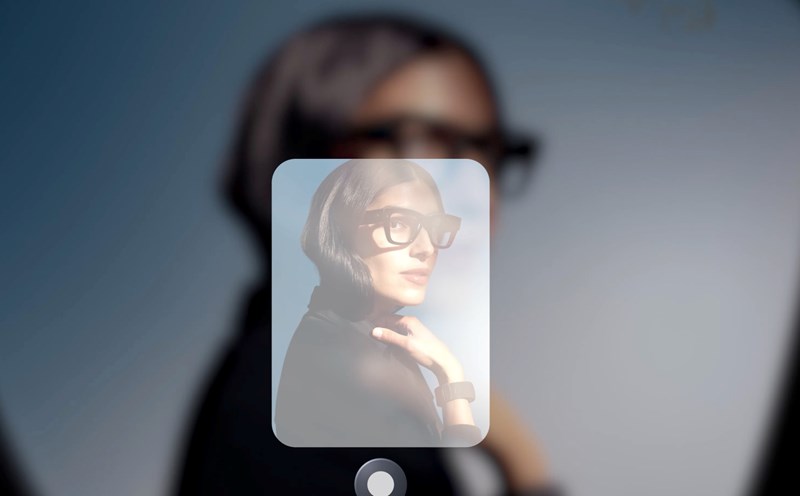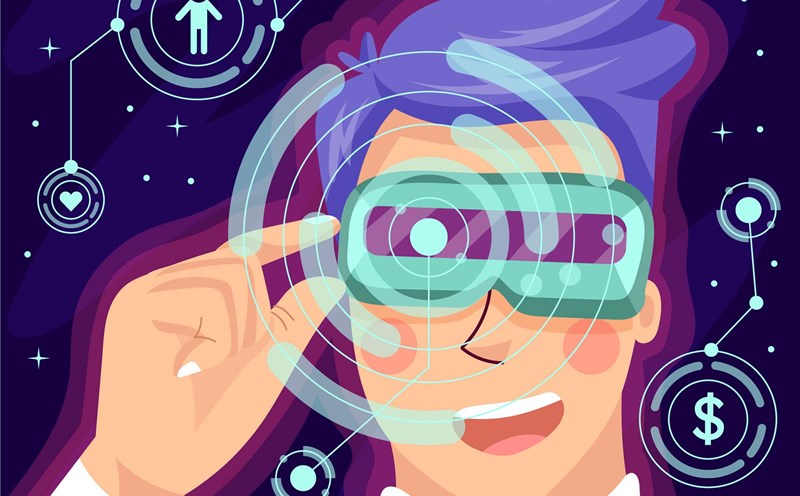Meta has just caused a big surprise at the Connect 2025 event when it officially introduced the Ray-Ban Display smart glasses, the first commercial product with an enhanced reality display (AR) screen, with a retail price of 799 USD.
This is not only a turning point for Meta but is also considered the biggest challenge for Apple in the post-smartphone era.
The most impressive point is the price. At $799, the Ray- Ban Display is equal to the price of the standard iPhone 17 version, instead of being close to $2,000 as many people predicted.
The launch of the iPhone 17 on shelves this week also raises doubts about Meta's direct competition strategy with Apple.
Ray-Ban Display cannot completely replace smartphones, it still needs to be connected to iPhone or Android. However, Meta has come a long way in turning smart glasses from a concept into a reality product.
Users can view messages, make video calls, open maps or ask Meta AI without having to take their phones out of their pockets. The experience of controlling with hand gestures thanks to a neural strap makes the product even more different.
In terms of design, the glasses look similar to the previous Ray-Ban AI, only slightly thicker. When wearing it, users will see a small screen displayed right on the lenses of their right eye. Hand or voice navigation helps maintain natural interaction with the world around you, instead of being completely immersed in the same way as when using virtual reality glasses.
Meta has been testing the market for years with Ray- Ban AI, which focuses on photography, video recording, and music.
The integration of artificial intelligence and voice assistants has paved the way for today's Ray-Ban Display, a device that converges many technologies, from display hardware to Neurointeractive.
Of course, first-generation products are unlikely to avoid limitations. The stage performance had problems, and the biggest question was whether users were willing to wear glasses all day. To be successful, Ray- Ban Display needs more practical applications besides displaying notifications or maps.
However, Meta's daring to commercialize a risky product shows that the company is ready to lead in the field of wearable computing. While Apple is still betting on the iPhone and Vision Pro glasses at high prices, Meta's Ray-Ban Display has chosen a more face-to-face and easy-to-reach approach strategy.
If consumers accept it, Ray- Ban Display could be the start of a new era where the phone is no longer the center and Apple is forced to accelerate to avoid being left behind.











